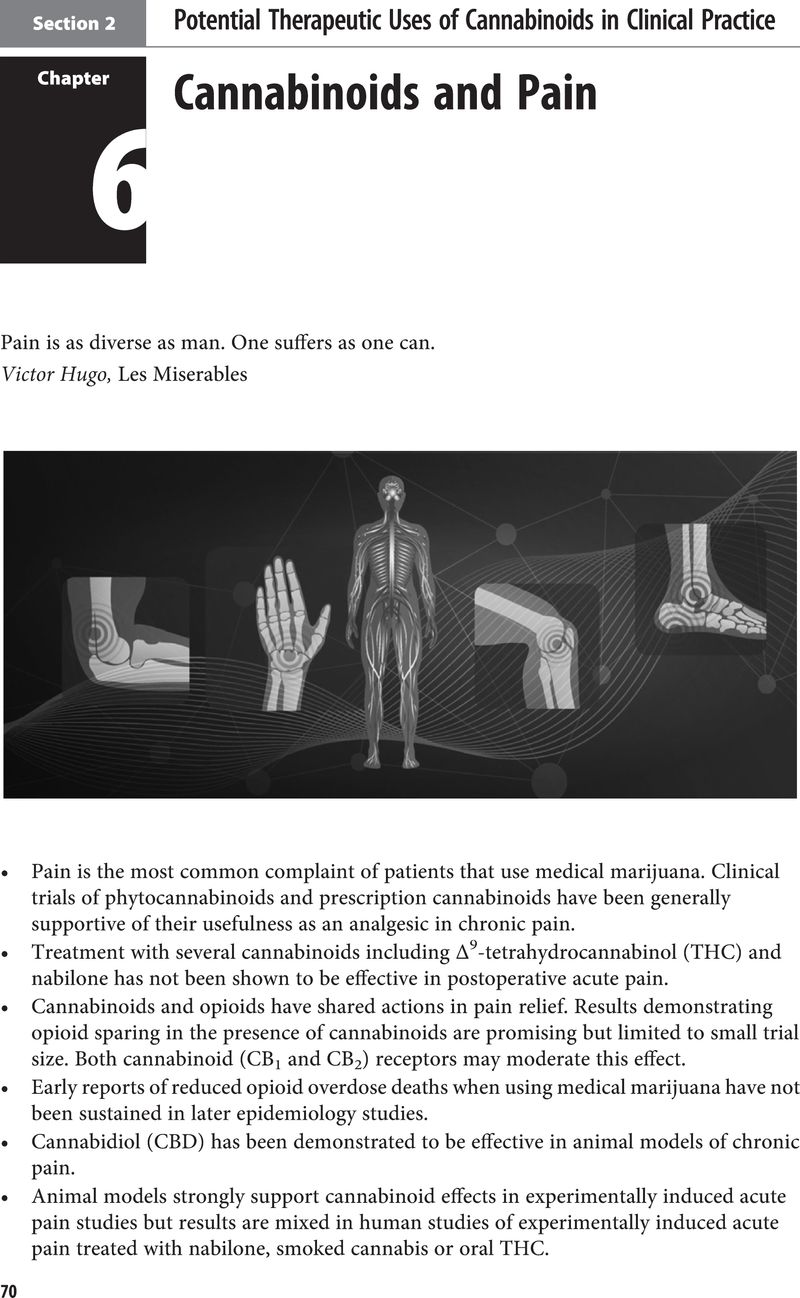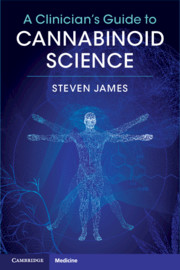Section 2 - Potential Therapeutic Uses of Cannabinoids in Clinical Practice
Published online by Cambridge University Press: 12 October 2020
Summary

- Type
- Chapter
- Information
- A Clinician's Guide to Cannabinoid Science , pp. 70 - 148Publisher: Cambridge University PressPrint publication year: 2020



